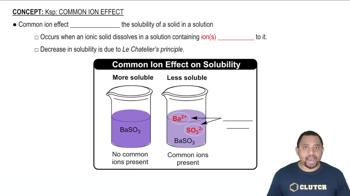Textbook Question
The pH titration curve applies to the titration of 40.0 mL of a 0.100 M solution of an acid with 0.100 M NaOH. What are the approximate pKa values for this acid? (a) pKa1 = 5, pKa2 = 10(b) pKa1 = 7, pKa2 = 11(c) pKa1 = 5, pKa2 = 10, pKa3 = 13 (d) pKa1 = 5, pKa2 = 7, pKa3 = 10




